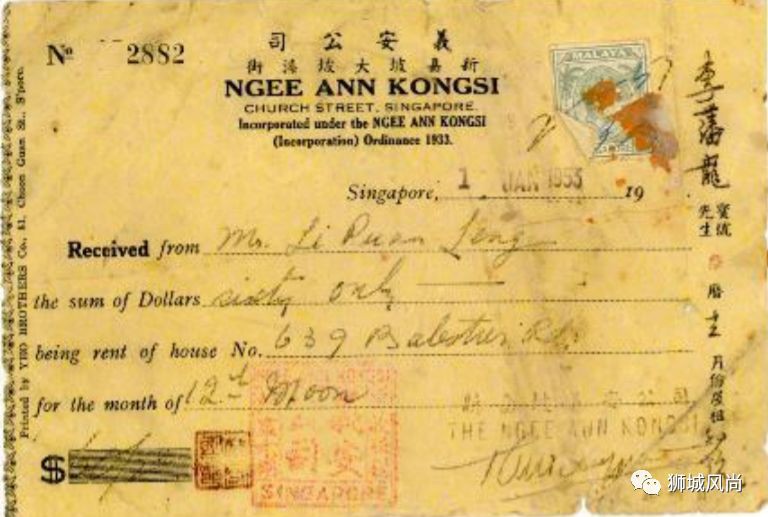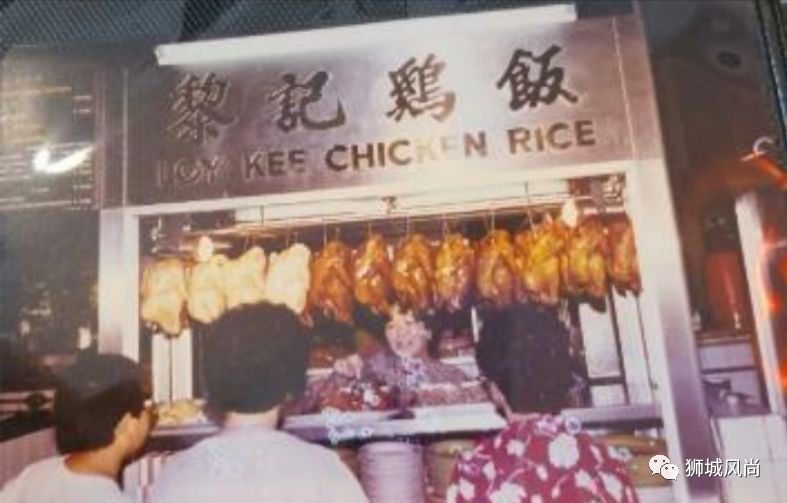STREET CORNER HERITAGE GALLERIES
Behind every business that has stood the test of time lies a treasure trove of stories that we don’t often think of when we drop by our neighborhood tau sar piah shop, or dabao our favorite chicken rice – the struggle of setting up shop; challenges that had to be overcome along the way; or customers who have grown to become friends over the years. These tales will now come into the spotlight through the National Heritage Board’s (NHB) Street Corner Heritage Galleries scheme.
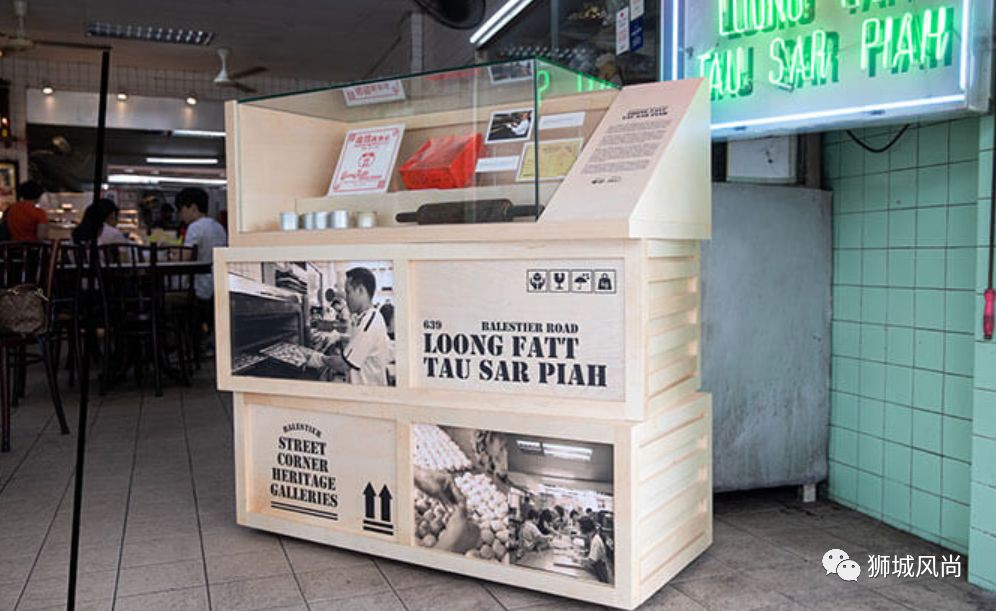
As part of its ongoing efforts under Our SG Heritage Plan to strengthen partnerships with
communities, and raise awareness and foster deeper appreciation for heritage in everyday spaces, NHB will work closely with local shop owners with at least 30 years of history in selected precincts to co-create “mini museums” that showcase the history and heritage of their respective businesses and trades. Located on site, these galleries will display historical documents, photographs and artifacts that tell the stories of these shops.

Mr Alvin Tan, Deputy Chief Executive (Policy & Community), NHB said: “Through the
scheme, we hope to identify existing heritage resources and perform ‘urban acupuncture’ by introducing small-scale interventions to showcase these resources and in the process, revitalize the precinct through street-level heritage. We adopted a participatory approach to instill a stronger sense of ownership and to equip our precinct stakeholders with the necessary competencies in heritage programming so as to grow the heritage ecosystem.”

The scheme involves collaboration between NHB museums, heritage institutions and
community galleries, and the Street Corner Heritage Galleries managed by local shop owners in historic precincts. On top of providing funding, curatorial support and assistance in fabricating the showcases, NHB will also work with local shop owners to develop programmes such as talks, tours and workshops, and give them the opportunity to participate in key NHB events such as the Singapore Heritage Festival and the respective CultureFests of the heritage institutions in their precincts.
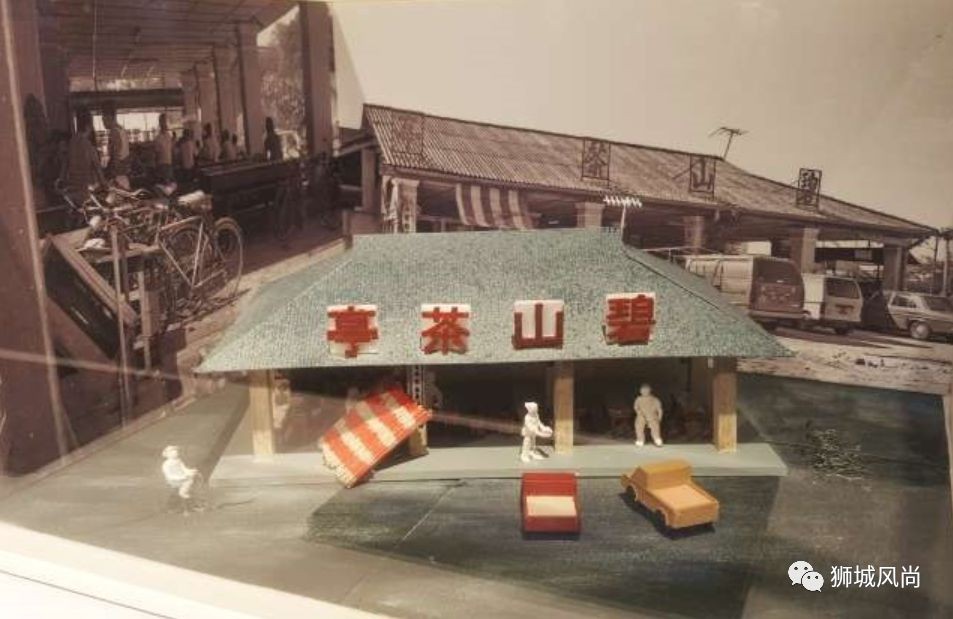
From 10 March 2020, Street Corner Heritage Galleries will kick off with five community
stakeholders within the Balestier precinct – Loong Fatt Tau Sar Piah, Loy Kee Best Chicken Rice, Lim Kay Khee Optical and Contact Lens Centre, Lam Yeo Coffee Powder Factory, and Sweetlands Confectionery and Bakery. The scheme will subsequently be rolled out in four other precincts – Kampong Gelam, Little India, Kreta Ayer/Chinatown and Geylang Serai – by 2022.


Metal cup (These metal cups were formerly used to make butter cakes.) Rolling pin (This wooden rolling pin was used to knead dough, after which a sweet or savoury filling is added, and the mix placed into the oven for baking.)
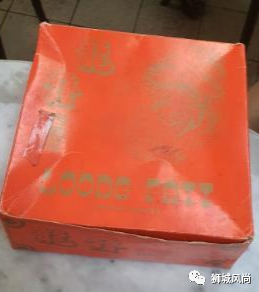
A packaging box from the 1980s, which was used for wedding cakes or tau sar piah presented as traditional betrothal gifts known as Guo Da Li (过大礼).

This advertorial from the 1970s bears the Chinese characters for “Double Happiness” (囍), a common motif used on Chinese wedding gifts and decorations.
This receipt from 1953 was issued by Ngee Ann Kongsi, Loong Fatt’s landlord, which built this row of shops in 1947.
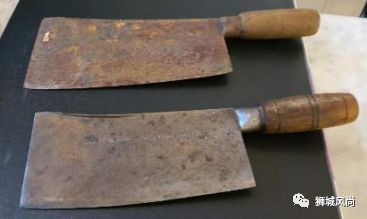
Loy Nie In and Qua Tee used these choppers to portion out chicken for their customers. The larger chopper (below) was used by Loy, while the smaller chopper was used by his wife.
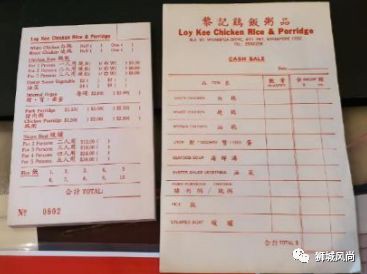
This menu and receipt were used by Loy Kee during the 1980s, when the stall was based at Whampoa Market.

This metal basket was used to store eggs that would be cracked open and added to a piping hot bowl of chicken or pork porridge, which Loy Kee still serves today.
Loy Nie In and Qua Tee at the opening of Loy Kee Best Chicken Rice at Balestier Road in 1994.
Qua Tee preparing chicken rice for hungry customers at Whampoa Market in 1984.
This shop was formerly a kopitiam called Jee Juan Restaurant, which first opened in 1956.
For more information, please click Here.








